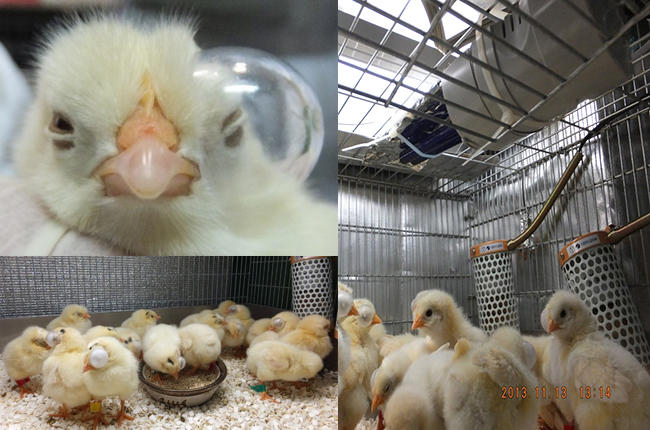Exposure to violet light prevents the progression of myopia
Incidences of myopia or short sightedness have doubled in Western countries over the last half century, and over 80% of teenagers in East Asia are myopic. Astonishingly, approximately five billion people are expected to be myopic by 2050.
Myopia arises from the elongation of the eyeball. Although its precise causes are uncertain, reports have suggested that extensive use of computers and smartphones is a possibility. Intriguingly, outdoor activities have been reported to offer protection from myopia, but the underlying mechanisms for these observations remain unclear.
In this study, Kazuo Tsubota at the Department of Ophthalmology, Keio University School of Medicine, and colleagues at Keio and other institutes in Japan report that exposure to violet light with wavelengths ranging between 360 nm and 400 nm prevents the progression of myopia.
"Modern indoor lighting, such as LEDs and fluorescent lights, does not contain violet light," says Tsubota. "Even glasses do not allow the passage of visible light in the range of 360-400 nm. This is due to many filters and technology to cut UV rays from our everyday working environments. Although violet light is not part of the UV spectrum, most of these filters cut wavelengths under 400 nm. Our research shows that the presence of violet light plays a major role in preventing the progression of myopia."
Notably, in 'chick myopia models,' Tsubota and his colleagues found exposure to 360-400 nm violet light resulted in the upregulation of EGR1--a gene that is known to protect the eyes from myopia-- and identified the OPN5 photoreceptor protein for violet light. Importantly, human clinical trials showed that enhancing the passage of violet light through eyeglasses and contact lens slowed the progression of myopia.
The researchers conclude, "We hope to reverse the pandemic trend of myopia by regaining violet light in modern society."

Violet light experiment inhibiting myopia using chicks © Keio University
Published online 30 July 2019
About the researcher

Kazuo Tsubota ― Professor
Keio University School of MedicineKazuo Tsubota, MD, PhD is both a professor and chair of the Department of Ophthalmology at the Keio University School of Medicine in Tokyo, Japan. Keio University is also his alma mater, having received his medical degree there in 1980. He completed clinical and research fellowships at Harvard Medical School in 1987, and currently serves as a director of the Health Science Laboratory at the Keio Research Institute at SFC. An internationally recognized dry eye specialist, he has been working on the pathogenesis and treatment of this condition. As most ocular diseases begin to appear with age, Professor Tsubota began to explore the topic of aging in 1999. He currently focuses on aging and anti-aging research, ranging from the molecular level to clinical applications. His latest research activities put a spotlight on myopia and being gokigen, a state of well-being and being in high spirits.